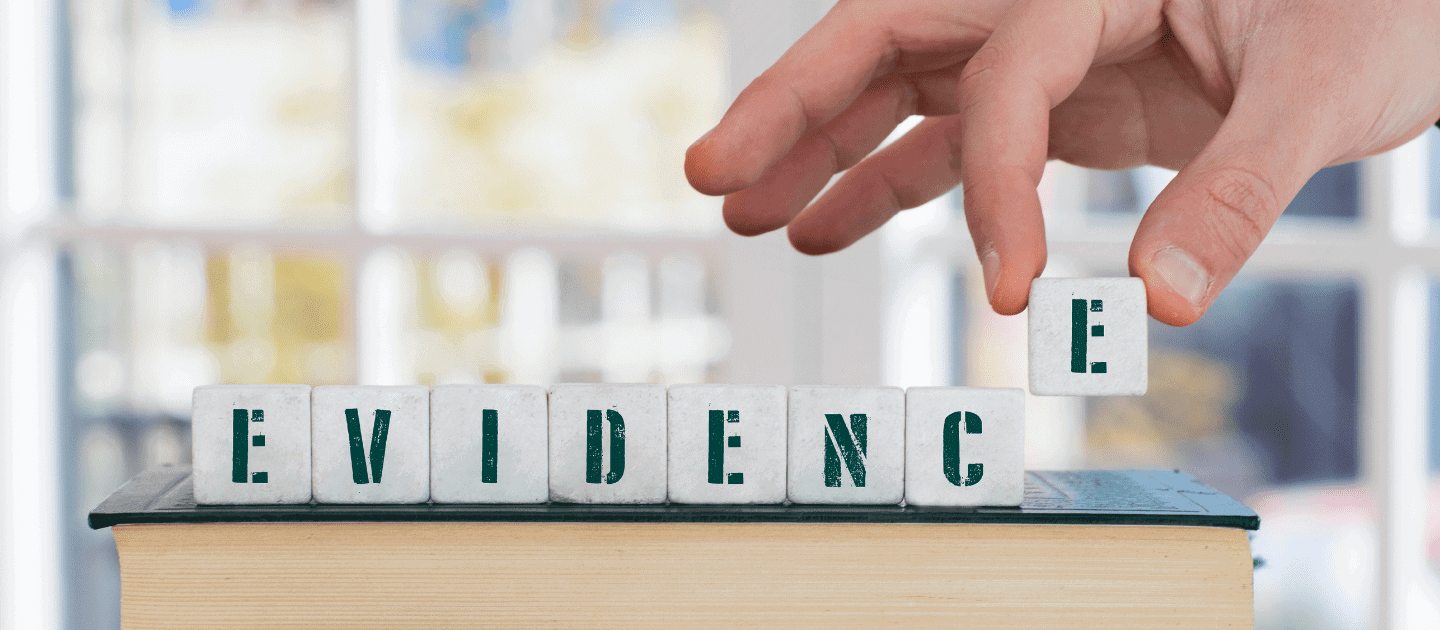
Self and Peer-Correction Techniques in Teaching
Bringing clarity to how we ascertain veracity can support our ability to identify high-quality interventions.
14 Apr 2024
April 27, 2022

Key Takeaway: In education, we throw around the term evidence-based quite casually, at times without the awareness of whether the evidence we rely on is empirically sound. Bringing clarity to how we ascertain veracity can support our ability to identify high-quality interventions. – Erin Madonna
In this article, Kauffman and Farkas discuss veracity as it pertains to special education, particularly around issues of policy and access to services. The authors outline two types of beliefs that drive educational decisions, Type A or scientifically verifiable beliefs and Type B, opinions or personal assertions which are not scientifically verified. The authors argue that when Type A beliefs have been established as replicable and truthful, they should be given precedence over Type B beliefs when making educational decisions.
In defining Type A and Type B beliefs, the authors provide the example of reading instruction to illustrate the difference between scientific beliefs and those based upon opinion. A Type A belief around reading is that explicit reading instruction of decoding skills works, while a Type B belief around reading is that reading emerges naturally in a literature-rich environment. We know this Type B belief as a “whole language” or a “balanced literacy” approach. The Type A belief has been verified scientifically, replicated, and is determined to be an evidence-based intervention not because we believe it to be, but because it has qualified as such through rigorous testing. This Type A belief can be challenged and reverified or debunked at any point.
With the definition of Type A and Type B beliefs established, the authors go on to discuss practical applications of greater awareness around the two types of belief. “When we claim that something is evidence-based in special education, the matter of Type A belief about it—the empirical evidence—is of enormous consequence.” This is because making educational choices without empirical evidence risks, at best, neutral outcomes and, at worst, potential harm for our students. “Conformity to a personal version of belief, Type B, must not be substituted for a confirmable reality.”
The authors connect the concept of veracity with social justice when they discuss the impact of Type B beliefs on public policy, including the belief of “over-representation of certain racial or ethnic groups” in special education. With only partial veracity, amendments to the Individuals with Disabilities Act (IDEA) aimed at addressing the belief that “over-representation” is occurring have denied Black students badly needed services. “When a social policy or the fate of an individual is in question, as is often the case in special education, then Type A truth matters a great deal.”
Educators must look beyond the fads or popular movements in education and seek out information about whether the interventions they plan to implement are based upon a Type A belief or a Type B belief. Part of this process for the individual is being willing to adjust their practice if new empirical evidence demonstrates that a previously held belief is not in fact a Type A belief. Adaptability and commitment to relying on scientific evidence provide the best opportunity for delivering a high-quality educational experience for our students. Allowing for external pressures to influence our choice of intervention without evidenced veracity is problematic.
The authors are careful to express that Type B beliefs can positively influence education. They make clear that Type A and Type B beliefs may not always be in conflict. When one’s personal beliefs allow them to “make better sense of the objective world and/or provide moral guidance or a star to steer by,” that Type B belief can provide the motivation to advocate for special education services or improved policy. The point is not to abandon all Type B beliefs but to become conscious of how they influence our decisions as educators and to always check our Type B beliefs against available evidence before acting upon them.
Summarized Article:
[Kauffman, J. M., & Farkas, G. (2021). Veracity in Special Education. Exceptionality, 1-14. DOI: 10.1080/09362835.2021.1938066]
Summary by: Erin Madonna—Erin philosophically aligns with the MARIO Framework’s deeply rooted conviction that all learners are capable, and she firmly believes in MARIO’s commitment to the use of evidence-based practices drawn from the field of current multidisciplinary research.